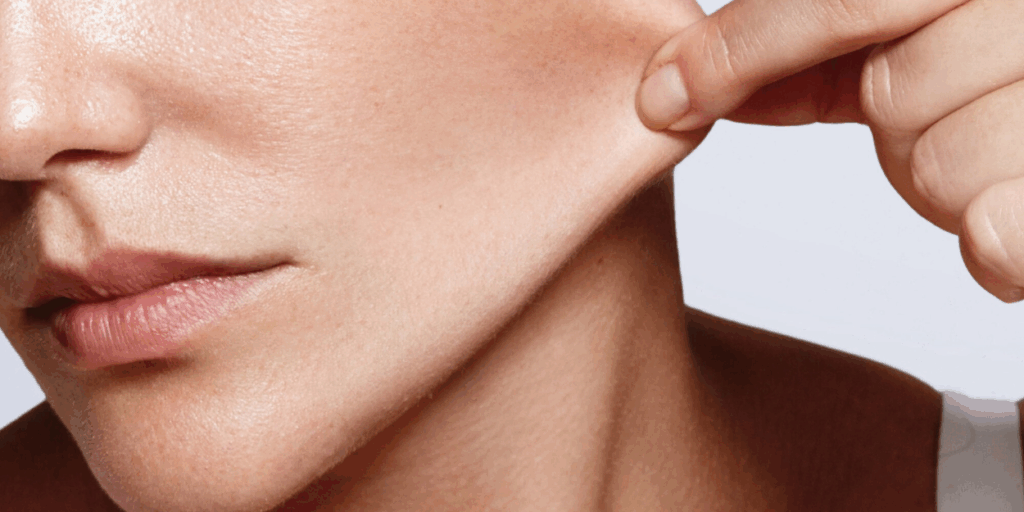Losing weight can feel like a huge achievement, but many patients are surprised when they notice their face looking older, tired, or even “drawn” after slimming down. This is especially common with today’s popular weight loss injections. While these treatments can be fantastic for reducing body fat, they can also accelerate facial volume loss, which plays a big role in how youthful and healthy we look.

Why does weight loss affect the face?
The face naturally contains small fat pads that give it softness, contour, and youthful fullness. As we lose weight, those fat pads shrink, and the skin can appear looser or hollow. Weight loss injections may also reduce muscle mass and fat more quickly than gradual dieting, making the changes to the face more noticeable.
The most common areas affected include:
The face naturally contains small fat pads that give it softness, contour, and youthful fullness. As we lose weight, those fat pads shrink, and the skin can appear looser or hollow. Weight loss injections may also reduce muscle mass and fat more quickly than gradual dieting, making the changes to the face more noticeable.
The most common areas affected include:
- Cheeks – appearing flatter or sunken
- Temples – becoming hollow, giving a tired look
- Jawline – less support, making jowls appear more obvious
- Around the mouth – lines and folds deepening
Solutions for restoring lost volume
There are several treatment options available to help refresh and restore the face after weight loss.
Dermal fillers (HA fillers)– The most common choice for volume restoration, hyaluronic acid fillers can provide instant results. However, they don’t actively improve skin quality or stimulate collagen, meaning results are more temporary and may need frequent maintenance.
Sculptra – Unlike fillers, Sculptra works by stimulating your body’s own collagen production. It restores volume gradually and improves skin thickness and firmness over time. This makes it an ideal choice for those wanting a more natural, long-lasting result.
Bio-Active Gel (from your own blood)– Made from your body’s PRF (platelet-rich fibrin), this 100% natural treatment can be used as a filler-like gel. With zero risk of allergic reaction, it’s an excellent option for patients who want to enhance volume while also benefiting from growth factors that support skin rejuvenation.

Real results in practice
To give you an idea of what’s possible, here’s a recent patient story who is on her journey to replenishing lost volume:
“A lady in her early 60s came to clinic after losing over 2 stone with weight loss injections. While she was delighted with her new figure, she felt her face had aged overnight — her cheeks looked flat, her lines were deeper, and she said she looked tired all the time. Together, we created a plan using Sculptra to rebuild her collagen gradually, combined with Bio-Active Gel for subtle volume restoration. Here, we have made huge railroads into improving her skin quality and structure using Sculptra. Our next phase will be to create more volume with Bio-Active Gel. She is already noticing her face looking fresher and more supported, but without that ‘filled’ look she was worried about. Her words were: ‘I’m beginning to feel like me again.’”

Final thoughts
If you’ve noticed similar changes after weight loss, there are options to restore facial balance and soften the signs of ageing. While dermal fillers can work well for instant results, many patients now prefer collagen-stimulating treatments like Sculptra and Bio-Active Gel for a more natural, gradual, and longer-lasting outcome.
Ready to explore what might work best for you?
Book a consultation and let’s talk about a tailored treatment plan that feels right for your goals.
📍My private clinic is based in Bolton
📅 Appointments are limited – book early to avoid disappointment
📧 Simply book your skin analysis consultation right here
Let’s take the guesswork out of skincare – your skin deserves more than a ‘one-size-fits-all’ approach.






